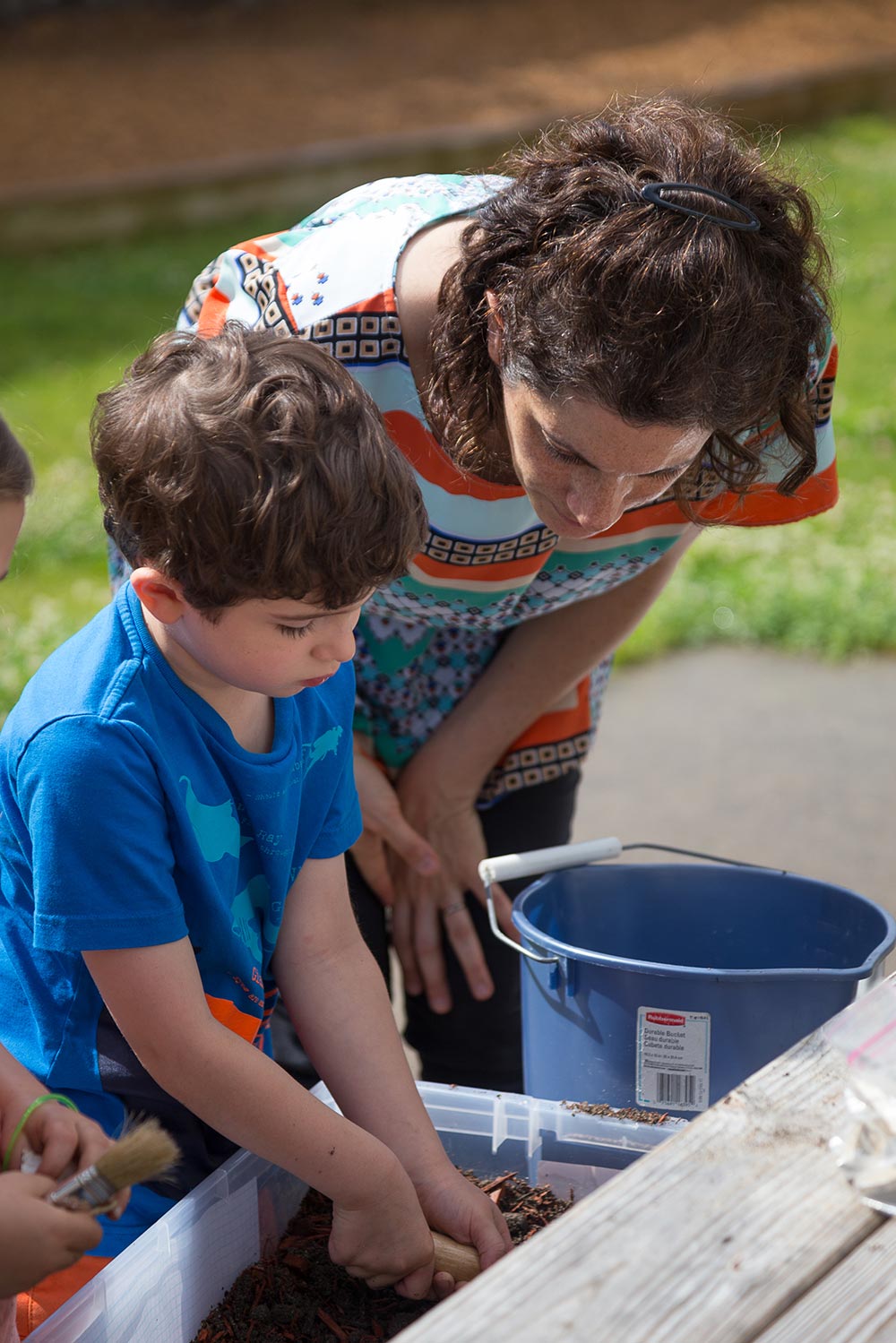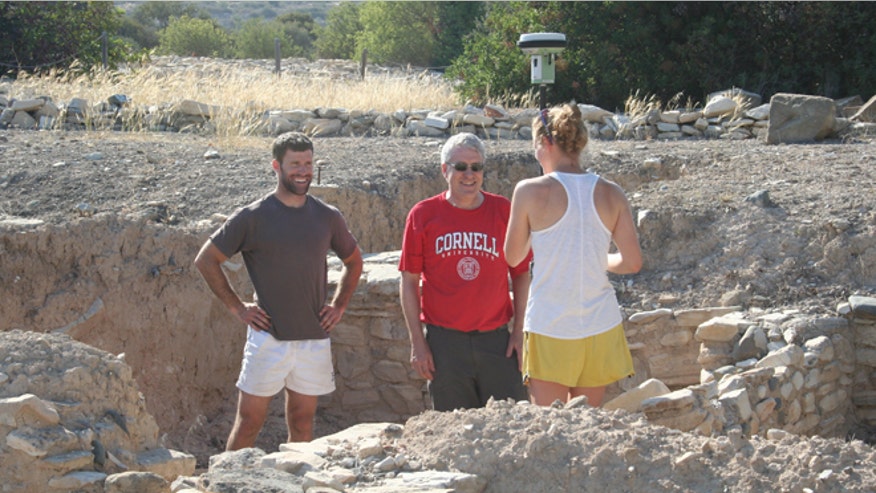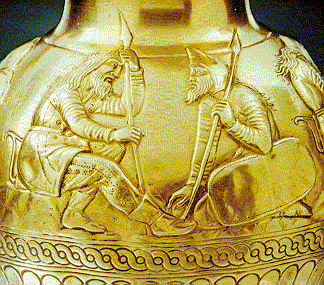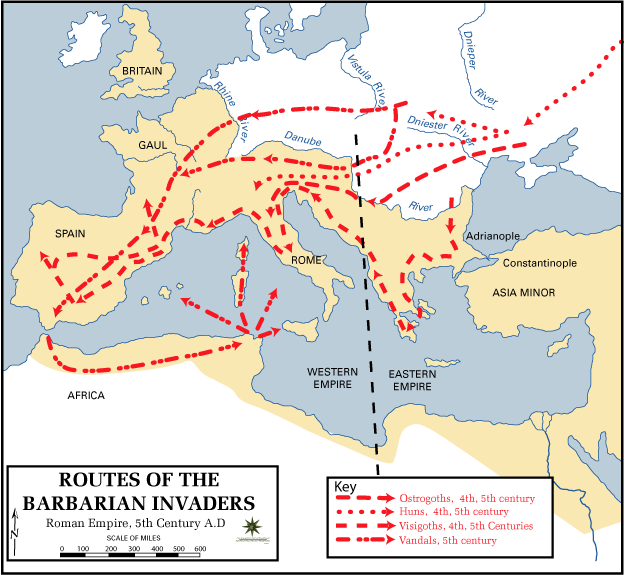Having just supervised my third year of admissions into the MA program in Cornell’s Institute of Archaeology and Material Studies, I’ve come to see the process as increasingly shaped by poor communication on both sides. We, as an institution, do a pretty poor job of communicating what an ideal application dossier looks like. And students, many of whom boast sterling credentials, nevertheless often seem to have neglected to fully consider what graduate school entails. Inspired by my colleague Sturt Manning’s post last year on graduate admissions in Classics, I digest here a few points of advice that I seem to repeat quite often to applicants and prospective students.
The elements of a graduate school application are relatively standard across programs and universities. Typically they include:
- Your undergraduate transcript;
- Letters of recommendation (3 seems to be the magic number);
- A writing sample (usually a term paper written for an advanced seminar);
- Test scores (usually GRE, but also TOEFL for international students);
- A statement of purpose (sometimes misleadingly called a personal essay).
Undergraduate transcripts can be read in numerous ways. A few attest to a goal oriented, highly motivated student who knew their chosen path from day 1. Some tell a story of struggle and success as grades improve and courses sharpen focus over the 4 years. Some tell of students who wander listlessly through the curriculum until they discover their passion (e.g., archaeology) and then commit themselves fully to achievement. Some tell of students who were driven into narrow pre-professional courses by social, economic, or perhaps parental forces in their freshman and sophomore years, only to find themselves miserable until a stray course in archaeology opened a new door. Other transcripts testify to students who never really clicked with anything and look to graduate school as a place to kill some more time while searching for self and future. What story does your transcript tell? How would you want an admissions committee to narrate your intellectual development?
Often, the story of your transcript comes out most clearly in the letters of recommendation. Faculty who care deeply about their students will often tell us about the unique challenges applicants have faced or opportunities they have seized. Their testimonials can often be incredibly powerful since they have the kind of firsthand knowledge that admissions committees lack. So it is important in choosing letter writers to have established relations with faculty who a) know you and b) care about you. This means that you cannot rely on the instructor in the 500 person intro class that you did well in but who you never saw again. That said, it is relatively rare that all three letter writers have the same kind of familiarity with students. But if one or two can speak knowingly of you, and are committed to you, then chances are, their letters will be impactful.
The writing sample is a complicated element of the process. Presumably by the time you graduate from College, if you were in the humanities or social sciences, you will have written 4-8 term papers, by which I mean extended writings on a single topic that muster evidence to an argument (I do not include more personal or reflective essays or fiction writing, neither of which are proper material for a writing sample in an archaeology application). I have seen writing samples evaluated generally for just two qualities. The first is the quality of composition; is it well written? The second is its use of evidence; does it understand the bases of archaeological arguments. Occasionally samples are highly original, provocative, or pioneering, but these are not the expectations for a college term paper or honors thesis and so tend not to be the expectations of admissions committees either. Of our two expectations–composition and argumentation–my experience is that the quality of writing trumps all. Hence when students ask for advice on which writing sample to submit, I always advise them to submit the one that is best written, most polished, and most edited, whether it is about archaeology or not. I would be far more impressed by a well-written writing sample about Georgian polyphonic singing than a second rate essay on excavations at Ur or Abydos. Keep in mind that it is perfectly acceptable to edit a writing sample that originated as a term paper prior to inclusion in an application. There is no need for the work to remain faithful to the original term paper, and indeed it is a good opportunity to address comments, corrections, and critiques you may have received.
It is important for students to realize then that at the time of application 3 out of 5 of the elements in a dossier are essentially out of your hands. Your transcript was compiled over your 4 years in college; ditto your relations with faculty who will provide letters of recommendation; and writing samples tend to be (quite wisely) recycled term papers or honors theses.
In addition, in my experience test scores tend to be a secondary data point in admissions. They might reinforce a sense conveyed by transcripts or they might force a second look if not in keeping with the impression conveyed by a writing sample and essay. But it is rare that I’ve seen test scores work as a determining force of any kind on an admissions decision when the preponderance of other evidence points in a different direction.
So that leaves just the statement of purpose as the critical contribution that an applicant can make to a dossier at the time they are considering graduate school. As a result, it is to my mind the most consequential piece of the application. And yet it is also the portion that students often seem to have the most trouble with. So let me set out what I think a statement of purpose should do.
- It needs to clearly define a research project. Graduate school is primarily about training you to do research–what will it be about? But this is tricky. If your proposed research project is too narrow (level 3 coarseware sherds from site X) then you run 2 risks: a) no one who reads the essay is all that interested in level 3 coarseware sherds from X (or alternatively, only one person is and that is not enough support) or b) faculty will see the project as so fully developed that they have nothing to contribute. If a proposed research project is too vague (“I think I’m interested in ancient religion or maybe politics”) then admissions committees will immediately conclude that you are not sufficiently prepared for graduate education. So research projects need to thread the needle between being too vague and too narrow.
- It needs to answer the question: “Who cares?”. It is not enough to simply have a research interest of your own, you need to make an argument for why anyone else should be interested. Such an argument might appeal to wider anthropological theory (e.g., this project will inform accounts of state formation), or to historical questions (e.g., the data collected will clarify the political economy of late Classic Maya polities), or to specifically archaeological concerns (e.g., innovations in method, practice, theory, etc).
- It needs to explain why you want to come to Cornell (or anywhere else). Applications are not just presentations of your work and interests, they are arguments. You are making an argument as to why you should be admitted to a program. Hence you must explain why a specific program can cultivate the research you plan on conducting. This can and should involve key faculty (never cite just one potential interlocutor, you will need at least 2 and maybe 3). It can also include material resources (e.g., collections, archives, etc.). But it should also appeal to the curriculum since that will shape most of your experience as a graduate student. You cannot take courses from just one or two faculty, hence you need to point to ways that the curriculum as a whole can advance the method, theory, data and conceptualization of your project.
What is not on this list to include in a statement of purpose is a personal story of your budding interest in archaeology since you first found an old spoon in your grandparents’ back yard when you were 9. Those almost never work. Also to avoid: that time you saw a discovery channel show on dinosaurs, a general love of working outside, and, most of all, Indiana Jones. Such appeals appear with alarming regularity–at least twice each admissions season. Students should know that these are not read as charming, but as vacuous platitudes that do nothing to help us understand what you want to study and why we should care. The essay, regardless of what universities might call it, is not a personal essay. It is a statement of purpose that defines a sphere of interest and describes the graduate training you seek that will help advance that work.
One element of your experience that does fit into a statement of purpose is field experience (if you have any). Discussing the intellectual impact of field experiences is an excellent way to show the admissions committee that not only do you have a strong sense of archaeological practice, but you have also reflected on it in a way that suggests it was not simply a lark, but a transformational educational experience.
If you can avoid the pitfalls of the overly personal and make a clear case for a compelling research project that fits well with the faculty, then your essay will have made a pretty compelling case.
This is not to say that there is not a place for a personal essay in the graduate school application process. It is a very good idea for you to write a brief essay entitled “Why I Want to Go to Graduate School”. In it, you should be candid. Are you motivated by a thirst for knowledge, a sense of fulfillment that comes from empirically engaged field research? Or are you thinking of grad school because you can’t think of something else to do? If you can’t come up with a reason that truly convinces you that research is a calling, then you can stop right there. If you can, then graduate school probably is for you. And you can now get to work on crafting a compelling statement of purpose. And you can file away the personal essay for those times down the road once you are in graduate school when you find yourself wondering, “Now why did I do this?”





